I majored in architecture, and our family is in the process of buying and remodeling a house, so perhaps you’ll understand if a lot of things lately make my thoughts turn to building.
Whether you’re constructing a story or designing a house, it’s always a good idea to begin with the end in mind.
The first question you ask tends to be, “What do I hope to end up with? What will this look like when I’m done?” If you’re building a house, you need to decide whether the picture in your mind is a two-story Victorian or a ranch, a Craftsman bungalow, or a Colonial-style home.
When you’re planning a story, it’s helpful to know whether you’re writing an adventure story, a mystery, romance, sci-fi/fantasy, or historical fiction. The style of the story you’re imagining is called the genre. Shannon McNear wrote a great article about genre last month.
Once we have a mental picture of the style, the second question I ask clients about their house is “What do you hope to do here? Why are you building a new home?” People often have in mind a lifestyle or feeling about their home that’s important to them. If you care enough about a story to sit down and write 50,000 or more words about it, I’m betting you have in mind a message or impression you hope to leave with your readers–something you feel it’s important to say.
The lingering impression or message is the theme of your story.
It helps to know from the outset what you’re about. Hone it down to one sentence if you can. Write it down and tape it near your computer screen where you’ll remember it, because it will affect everything about your story from the way you craft your scenes to the subtle differences in the words you choose.
To keep the theme focused in readers’ minds, some authors like to use motifs, weaving them throughout the story.
Motifs are physical symbols of non-tangible elements of your story.
In Beauty and the Beast, the dying rose beneath the glass dome represents the selfish prince’s isolation and dying hopes of winning love.
In C. S. Lewis’ Prince Caspian, the dragon represents all the hateful attitudes that obscure the likeable fellow Eustace could become.
In The Wizard of Oz, Dorothy’s ruby red slippers represent her power to choose happiness and contentment with her life. Glenda comes straight out and tells Dorothy the secret in the closing scenes, and Dorothy realizes “There’s no place like home!” Once she finally gets back to Kansas, she repeats the message of the story to her gathered family, but themes and motifs have power even if you are more subtle in your use of them.
A clear theme and strong motif are to a story what the foundation is to a home. They are the base from which everything else rises.
Exercises:
- Think of your favorite books or movies and identify the theme and motif of each.
- Express the main message of your story in one sentence. Try to use 25 words or less.
- Experiment with strong or subtle motifs that might reinforce the theme of your story. Is there one that could carry through from beginning to end?

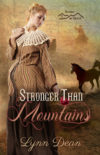
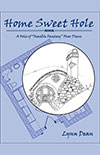
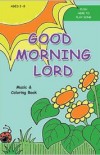
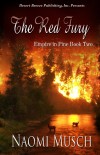
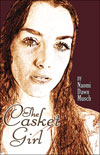
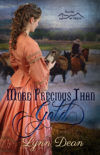
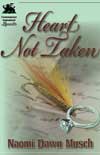
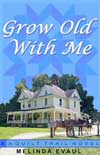
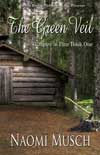







Speak Your Mind
You must be logged in to post a comment.